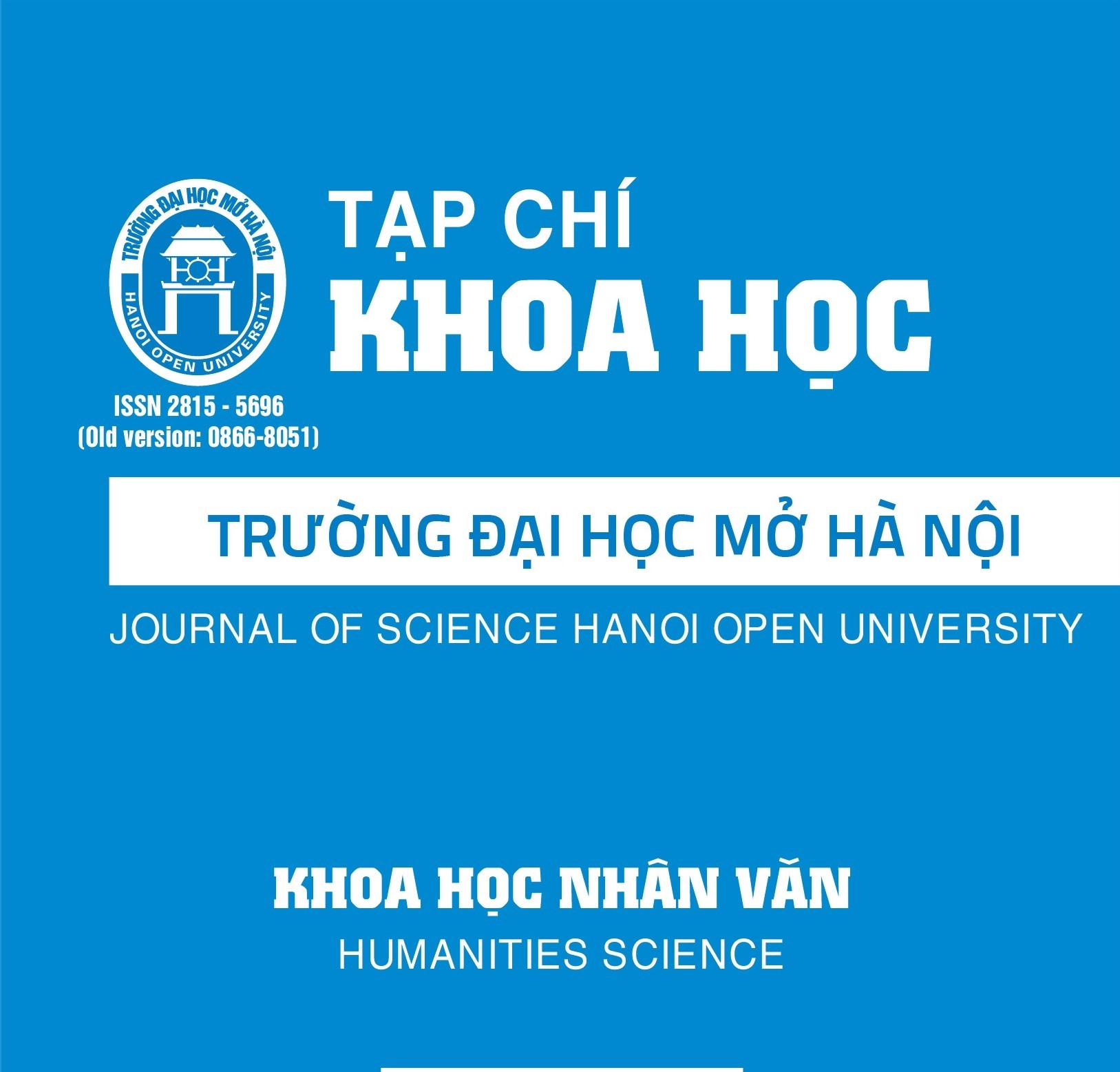TEACHING LEGAL ENGLISH (ESP) IN VIETNAM AND OTHER COUNTRIES IN THE WORLD
Từ khóa:
Legal English, teaching language, English for specific purposeTóm tắt
Foreign languages in the context of Vietnam and other countries. Since context specificity reviews its importance as content specificity, the study looks at different groups of learners according to futher professional or academic purposes, especially for ESP students regarding legal English teaching. Highly specialized legal English teaching contexts require the equal cooperation of ESP practitioners and legal professionals. To be proficient in the use of legal language, the comprehension of legal terminologies and theories must be achieved since the difficulties of Legal language belong to the nature of the legal profession in any language. However, besides the challenges of the nature of the legal profession, teachers have affirmed the challenge of teaching legal English (for both native speakers) because of “legalese” (roughly translated as a legal term used in legal documents).
Tài liệu tham khảo
[1]. Badger, R. 2003. “Legal and general: towards a genre analysis of newspaper law reports”. English for Specific Purposes 22: 249 – 263.
[2]. Bardi, M. (Project Coordinator) 2001. English for Legal Purposes. [Prosper with English]. Bucharest: The British Council.
[3]. Bhatia, V. K. 1989. “Legislative writing: a case of neglect in EA/OLP courses”. English for Specific Purposes 8: 223 –238
[4]. Bhatia, V. K. 1993. Analysing Genre: Language Use in Professional Settings. London: Longman
[5]. Bhatia, V. K. 2002. A generic view of academic discourse. In Academic Discourse,
J. Flowerdew (ed.), 21-39. London: Pearson Education.
[6]. Bhatia, V. K. 2003. “Applied genre analysis: a multi-perspective model”. Iberica 4:2-19.
[7]. Blue, G. 1988. Individualising academic writing tuition. In Academic Writing: Process and Product, 95-99. [ELT Documents 129]. P. Robinson (ed.)
[8]. Bradney, A., Cownie, F., Masson, J., Neal, A. and Newell, D. 1995. 3rd edition. How to Study Law. London: Sweet and Maxwell.
[9]. Butt, P. and Castle, R. 2001. Modern Legal Drafting. A Guide to Using Clearer Language. Cambridge: Cambridge University Press.
[10]. Candlin, C., Bhatia, V.K , Jensen, C. and Langton, N. 2002. “Developing legal writing materials for English second language learners: problems and perspectives”. English for Specific Purposes 21: 299-320.
[11]. Chartrand, M., Millar, C. and Wiltshire, E. 2003 (2nd edition) English for Contract and Company Law. London: Sweet and Maxwell.
[12]. De Clerk, V. 2003. “Language and the law. Who has the upper hand?” AILA Review 16: 89 -103.
[13]. Clumps, J. 1996. “Language preferences of undergraduate law students and the effect on translation”. Translation and Meaning 4: 365-376.
[14]. Deutch, Y. 2003. “Needs analysis for academic legal English courses in Israel: a model of setting priorities”. English for Academic Purposes 3: 123 -146.
[15]. Dudley-Evans, T. and St. John, M.J. 1998. Developments in English for Specific Purposes. Cambridge: Cambridge University Press.
[16]. Dudley-Evans, T. 2001. Team- teaching in EAP: changes and adaptations in the Birmingham approach. In Research Perspectives on English for Academic Purposes, 225 – 238. J. Flowerdew and
M. Peacock (eds.) Cambridge: Cambridge University Press.
[17]. Feak, C. and Reinhart, S. 2002. “An ESP program for students of law”. In English for Specific Purposes. T. Orr (ed), 7-24. Virginia: TESOL.
[18]. Gibbons, J. 2003. Forensic Linguistics. Oxford: Blackwell.
[19]. Grover, C., Hachey, B., Hughson, I. and C. Korycinski (2003) ICAIL ’03. June 24-8, University of Edinburgh.
[20]. Hafner, C. and Candlin, C. 2007. “Corpus tools as an affordance to learning in professional legal education”. Journal of English for Academic Purposes 6: 303-318.
